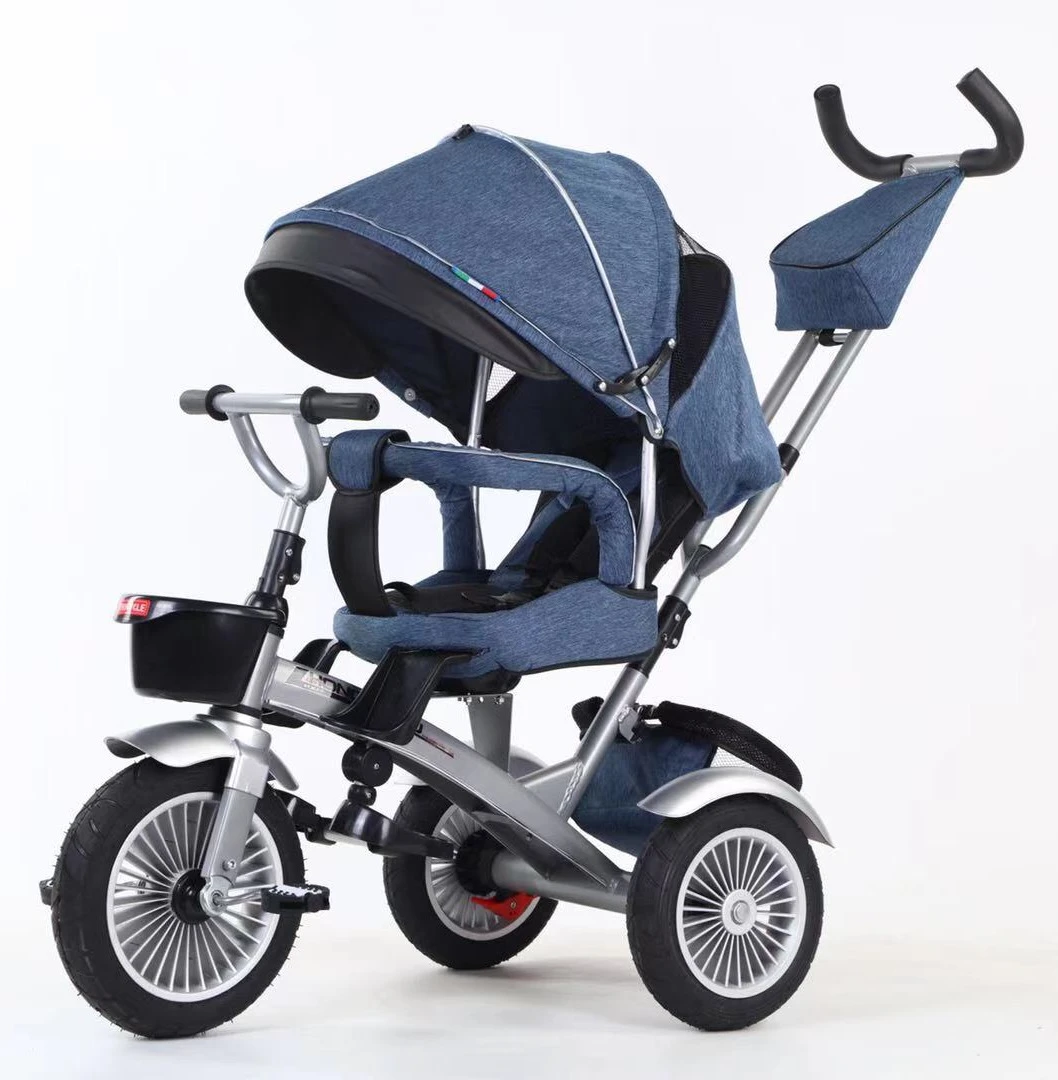how to pick a mountain bike
How to Pick a Mountain Bike A Comprehensive Guide
Choosing the right mountain bike can be an exhilarating yet daunting experience, especially for beginners. With a myriad of options available, understanding the key elements that define mountain bikes can help you make an informed decision. In this guide, we will navigate through the essential aspects of selecting the perfect mountain bike for your needs.
1. Determine Your Riding Style
The first step in selecting a mountain bike is to define your riding style. Are you an adrenaline junkie who thrives on technical trails and steep descents, or do you prefer leisurely rides through scenic paths? Your riding style will significantly influence your choice of bike. There are mainly three categories of mountain bikes
- Cross-Country (XC) These bikes are lightweight and designed for speed. They are ideal if you plan to participate in races or enjoy long-distance rides on relatively smooth trails. - Trail Bikes A versatile choice, trail bikes can handle various terrains. They strike a balance between climbing efficiency and descending capability, making them perfect for most riders.
- Downhill (DH) Bikes Built for steep descents and rugged trails, these bikes are equipped with robust frames and suspension systems, ideal for riders who seek thrills on challenging terrain.
2. Wheel Size Matters
Mountain bikes typically come in three wheel sizes 26”, 27.5” (650B), and 29”. Here’s a quick overview of how they perform
- 26” Wheels While becoming less common, they provide good maneuverability and are lighter, making them fun for technical trails.
- 27.5” Wheels These wheels offer a balanced compromise between speed and stability, making them a favorite for trail and all-mountain riders.
- 29” Wheels Known for their ability to roll over obstacles more easily and maintain speed, these wheels are great for cross-country and endurance riders.
3. Suspension Types
Another critical decision is the type of suspension you prefer, as it influences the bike's performance and comfort
- Hardtail These bikes have front suspension and a rigid rear. They are lighter, more efficient on climbs, and often more affordable. Hardtails perform well on smooth trails and cross-country rides.
- Full Suspension These bikes have both front and rear suspension, offering superior comfort and control on rough terrain. They are perfect for aggressive trails and technical descents, though they tend to be heavier and pricier.
how to pick a mountain bike

4. Frame Material
The frame material affects the bike’s weight, ride quality, and price. Common materials include
- Aluminum Lightweight and affordable, aluminum frames are a popular choice for many mountain bikes
. They provide a good balance of strength and weight.- Carbon Fiber These frames are incredibly lightweight and absorb vibrations, offering a smooth ride, but they come at a higher price tag.
- Steel Known for its durability and comfort, steel is less common in modern mountain bikes but can be found in some models, especially those designed for casual or touring riders.
5. Fit and Geometry
A proper fit is essential for any mountain bike. It affects your comfort, control, and performance. When choosing a bike, consider the following
- Size Mountain bike sizes are categorized into small, medium, large, and extra-large. Test ride different sizes to see which one feels the best.
- Geometry The angle of the frame can affect how the bike handles. A slacker angle provides more stability on descents, while a steeper angle is better for climbing.
6. Components and Budget
Finally, consider the components of the bike, such as the drivetrain, brakes, and tires. While it might be tempting to prioritize the lowest price, investing in quality components can make a significant difference in performance and durability. Set a budget that allows for a bike with reliable parts, as well as room for potential upgrades in the future.
7. Test Ride
After narrowing down your choices, always test ride your top picks. Pay attention to how the bike feels and whether it meets your riding style and comfort preferences.
Conclusion
Choosing the right mountain bike involves understanding your riding style, the bike’s specifications, and personal preferences. By considering factors such as wheel size, suspension type, frame material, fit, and components, you can find the perfect mountain bike to enhance your outdoor adventures. So hit the trails and enjoy the ride!
-
The Perfect Baby TricycleNewsAug.11,2025
-
Ride into Fun with Bikes for KidsNewsAug.11,2025
-
Ride into Adventure with the Perfect Kids Balance BikeNewsAug.11,2025
-
Fun and Safe Riding with the Best Childrens ScootersNewsAug.11,2025
-
Find the Perfect Childrens Bike for Your Little OneNewsAug.11,2025
-
Explore the Best Baby Tricycles for Your Little OneNewsAug.11,2025
-
Three-Wheel Light-Up Scooter Benefits for KidsNewsJul.11,2025








